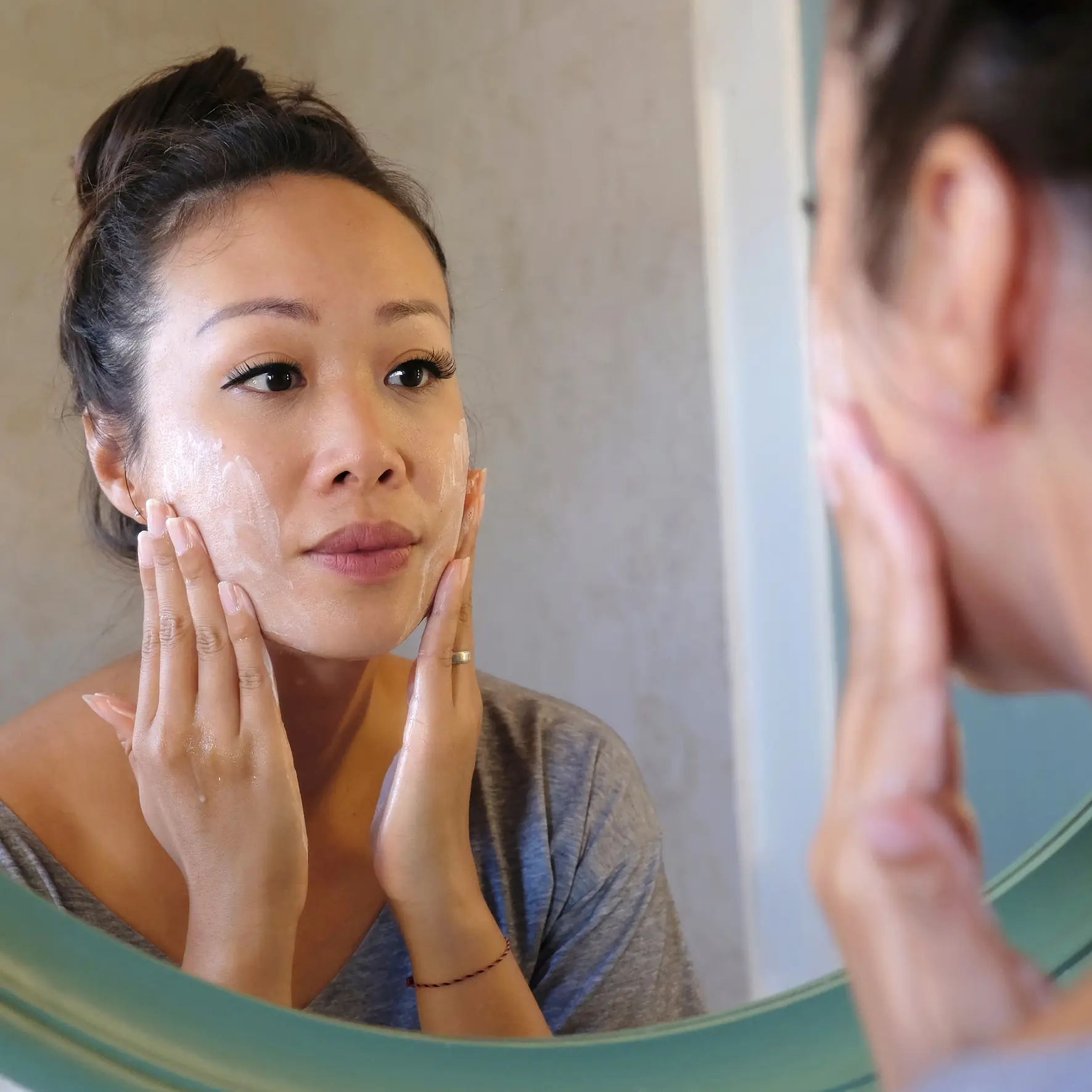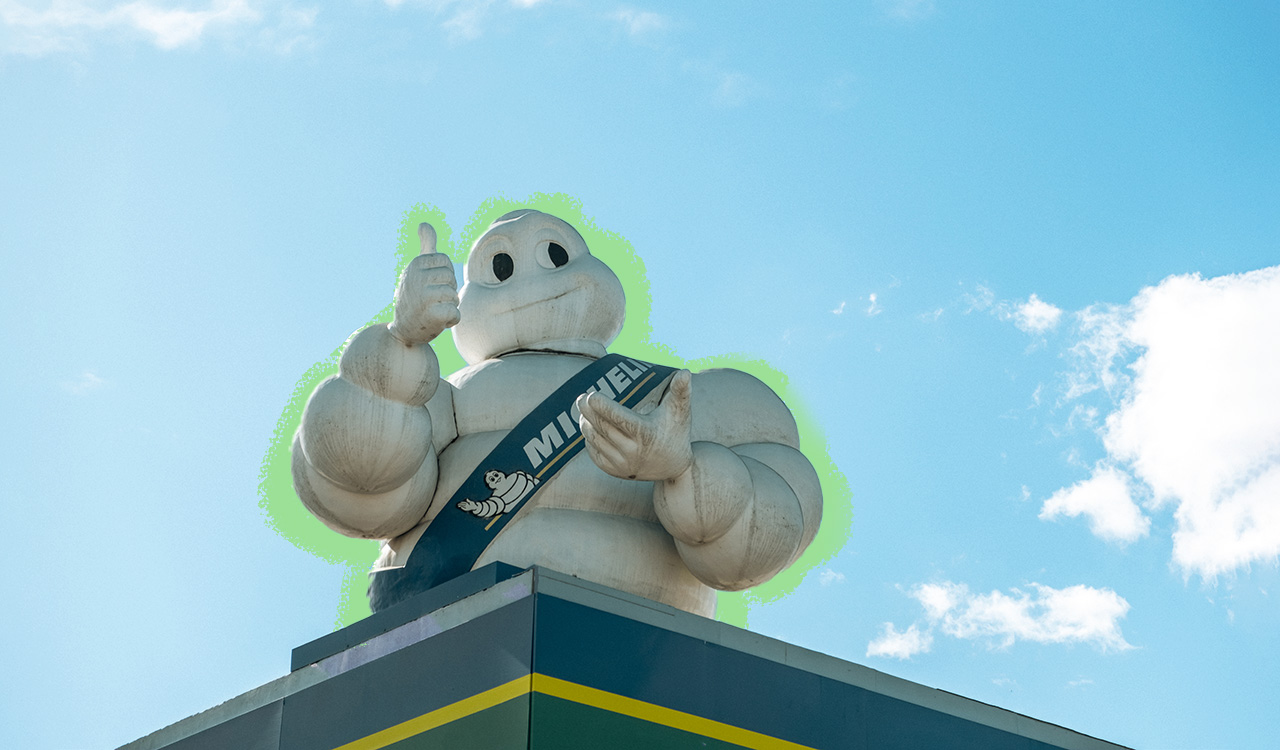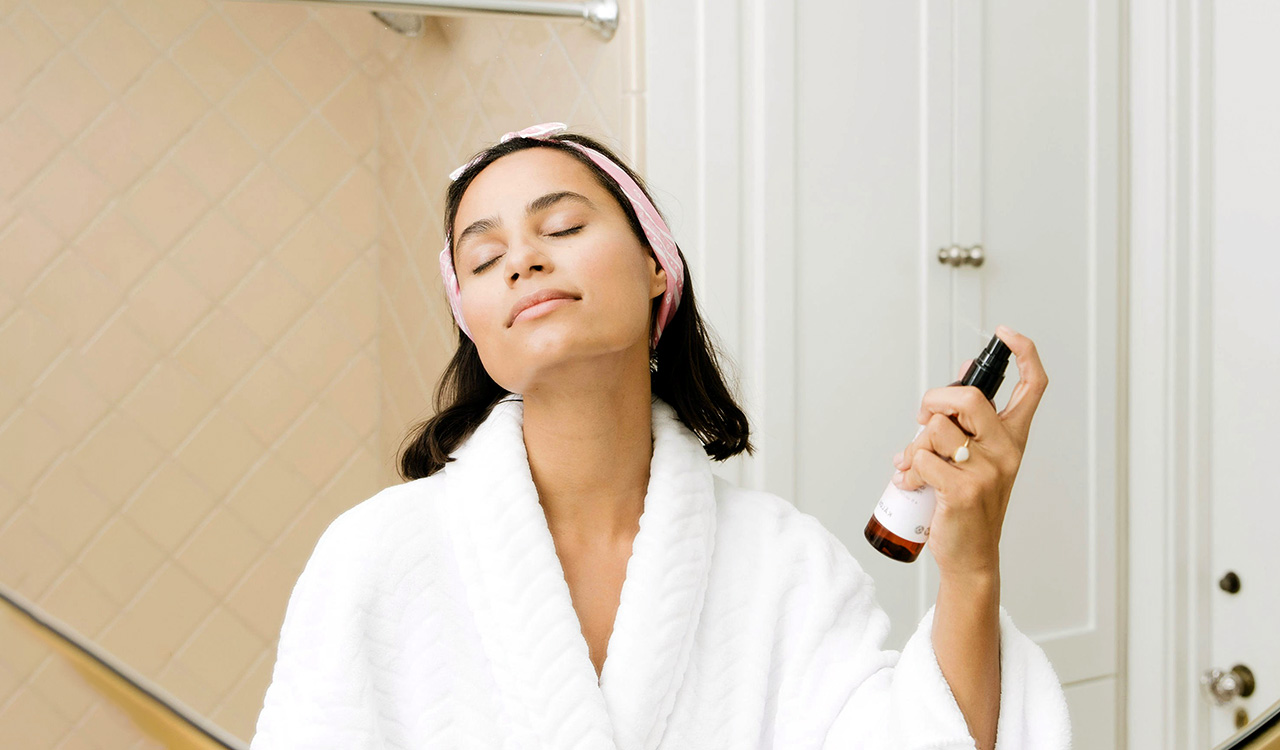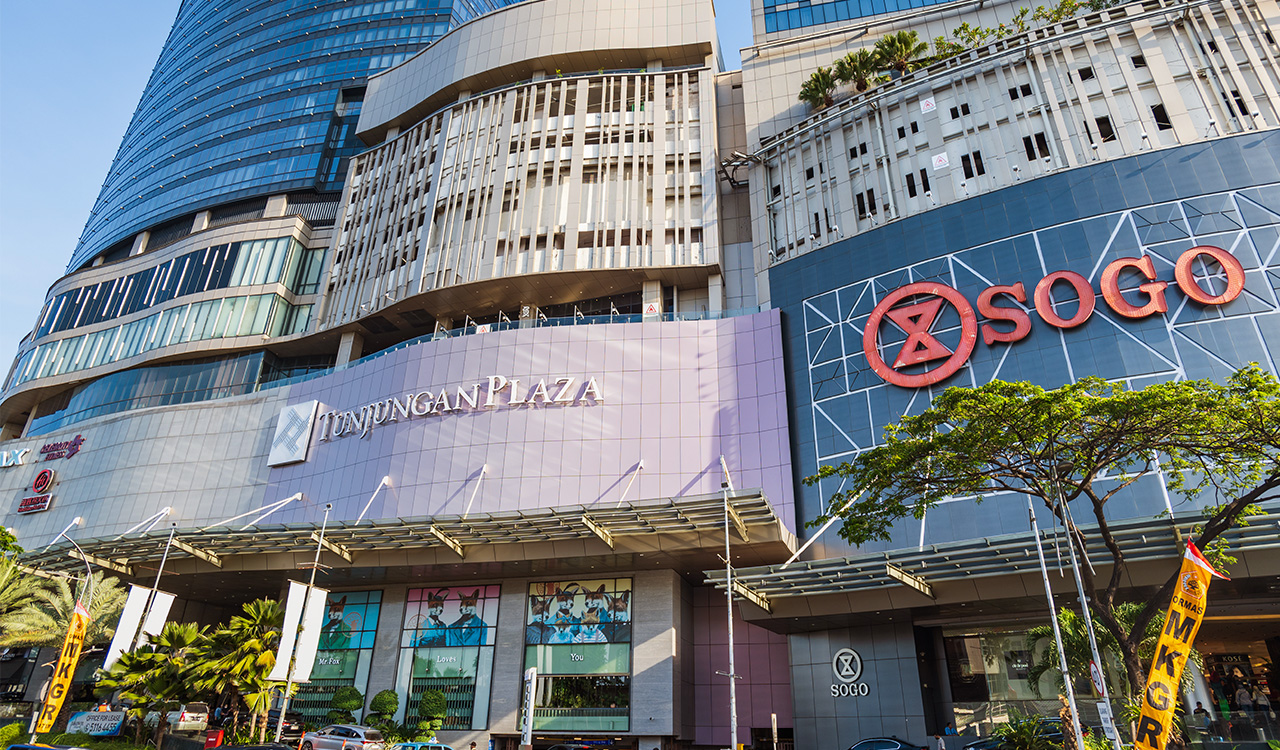Geriatric millennials are turning forty, but don’t expect us to make the same big-ticket purchases as our predecessors. Millennials currently fall within the age range of 27 to 42. Many are staring down the barrel of the big Four-O. But, due to the perilous state of the economy, millennials have more to fear than our mortality.
Although millennials’ minds and bodies are of a certain age, our net worth is not. Millennials still only account for 7 percent of the nation’s total wealth. Before you start saying that everyone struggles in their 20s through 40s, note that Boomers were worth 22 percent of the nation’s wealth at the same age. It’s this systemic inequity, not a mass fault of character, that has middle-aged millennials more likely to take a new antidepressant or take up drinking in excess than to buy a new car.
As mental health awareness continues to increase, so will consumer expectations for retailers to service those concerns. Retailers can tap into our collective crisis spend by focusing on the positive mental health implications of products and experiences, whether it’s crafting items, #selfcare products, rock climbing classes, or utilitarian goods like sleeping bags and tents to facilitate camping trips.
Let’s take a look at the challenges being faced by middle-aged millennials, our collective financial and mental states, and what we’re actually buying as we embark upon our respective crises.
In Defense of Millennial’s Middle Age
Contrary to popular perception, women actually experience midlife crises more often than men. The most common age range for a midlife crisis to kick in is somewhere between are 45 and 49, followed by between 50 and 54 years old. Early onset midlife crises, however, can also happen between the ages of 35 and 44.
Many say that millennials’ midlife crisis should happen when we’re at least fifty, since we’ll live to be over a hundred. But millennials don’t see it this way. Those that don’t expect global warming to take us all out in the next 20 years cite stress-related illnesses as the reason they’ll be out of the ballgame long before hitting that centennial benchmark.
The Expendable Income Gap
Say what you will about millennials, but this generation simply didn’t have the same opportunities as the generations that came before us. Case in point? Millennials experienced two recessions before we turned forty. Once you adjust for inflation, it quickly becomes clear that our income levels don’t compare, either. Millennials that fall between the ages of 28 to 38 have a lower net-wealth-to-income ratio than any generation before us. The typical 40-year-old millennial earned $49,000 a year in 2021. This is slightly more than the inflation-adjusted $43,000 and $39,000 that Gen Xers and boomers earned at the same age.
However, when you take a look at the cost of housing, student loans, medical bills, automobiles, and so on, you’ll quickly see that we simply aren’t dealing with the same world. Business Insider reports that the cost of childcare has risen by 115%, medical care by 130%, college tuition by 178%, and housing costs by 80%. Millennials may be the perfect age to ring in our midlife crises with big-ticket purchases, but we lack the economic security to make them.
No Midlife Mobility Crisis for Millennials
Cars and Harley Davidsons and divorces, oh my! None of these traditional midlife crisis purchases will be on millennial’s shopping lists in the coming years. The reason? Cars, along with furniture, are two of the verticals that were the most hit by inflation. Most millennials are too busy saving for a home, better apartment, or furnishing their recent home purchase to start thinking “BMW convertible.” We’re more worried about paying exorbitant gas prices and trying to pack our free time with experiences significant enough to make all of the striving worth it. What you need to understand about millennials, more than anything, is that we are very, very tired.
But, don’t take my word for it: The National Bureau of Economic Research did a study last year that shows that middle-aged millennials experience many of the same mental health issues as their Gen Z counterparts: Sleeping problems, alcohol dependency, concentration difficulties, memory problems, extreme job strain, disabling headaches, suicidal feelings, and extreme depression are all on the table, with the addition of skyrocketing midlife suicide rates for extra fun.
Millennials in Crisis Are Going Back to the Basics
Millennials have long been infamous for valuing experiences over things. Despite the precarious state of our collective mental health, this experiential preference will carry over into how we shop during our existential moments. Not to brag, but out of necessity you’ll see millennials exhibit bigger picture thinking in the midst of our midlife crises. The categories we invest in will be those with positive implications for mental health. For instance: Rather than buying a new car, we’ll buy bikes.
Rather than spending our nest eggs on plastic surgery, we’ll invest in an adventurous hobby that gets us out of our comfort zones.
As mental health awareness continues to increase, so will consumer expectations for retailers to service those concerns. Retailers can tap into our collective crisis spend by focusing on the positive mental health implications of products and experiences, whether it’s crafting items, #selfcare products, rock climbing classes, or utilitarian goods like sleeping bags and tents to facilitate camping trips.
Make no mistake: millennials will burn through some of our hard-earned cash in service of midlife crises in the years to come. But, to benefit from it, retailers will need to master the fine art of selling experiences with a greater purpose. By helping millennials help ourselves in a non-condescending way, retailers can position themselves to be the ones we turn to for help when our mental s*** hits the fan.




